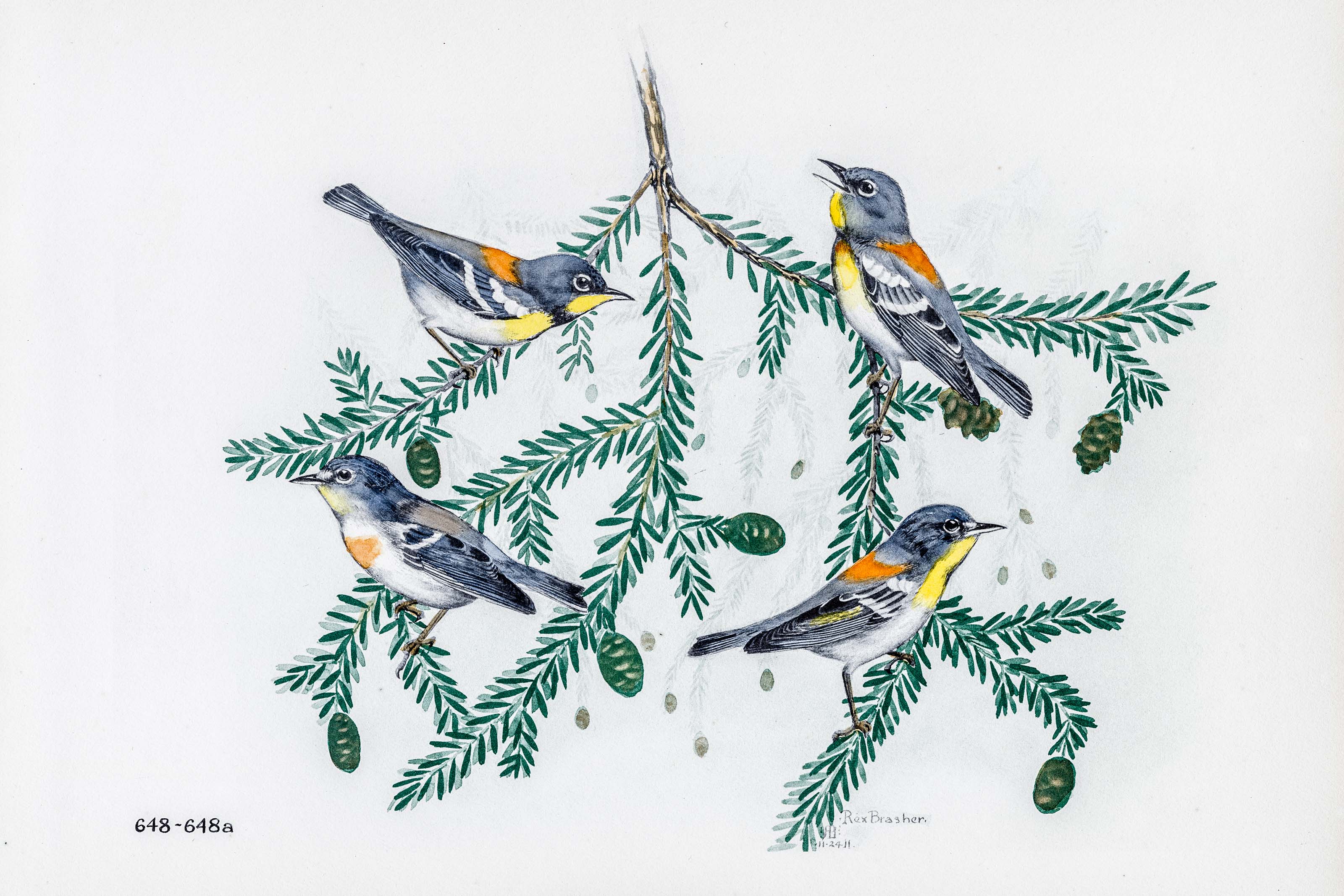
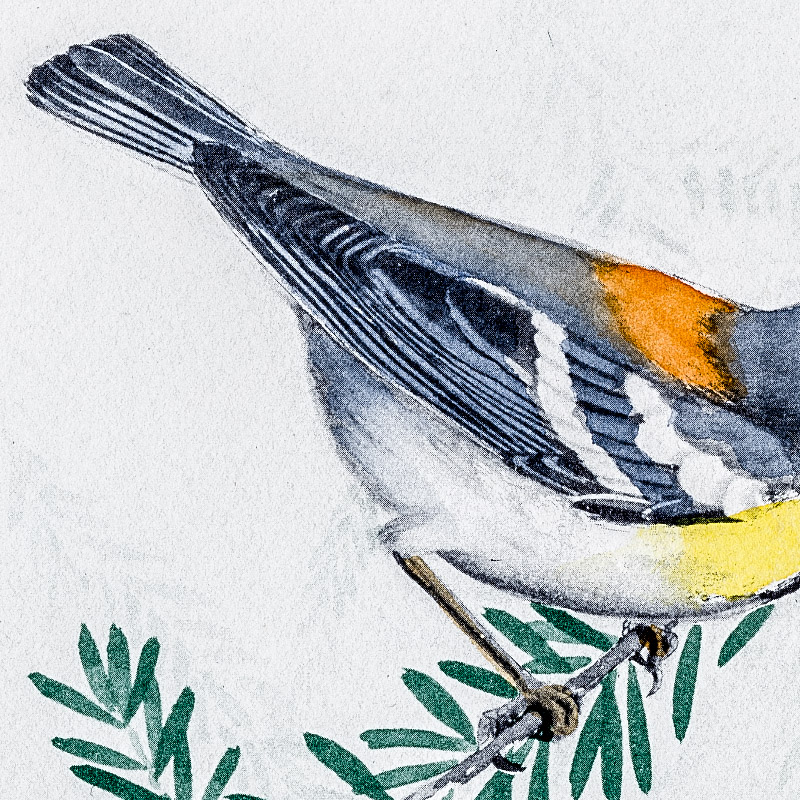
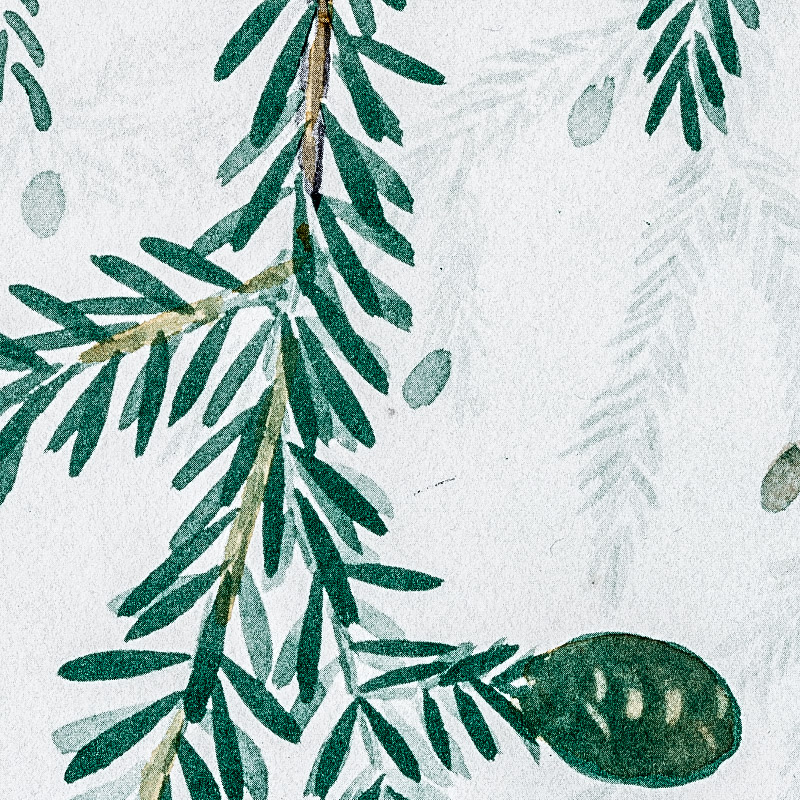
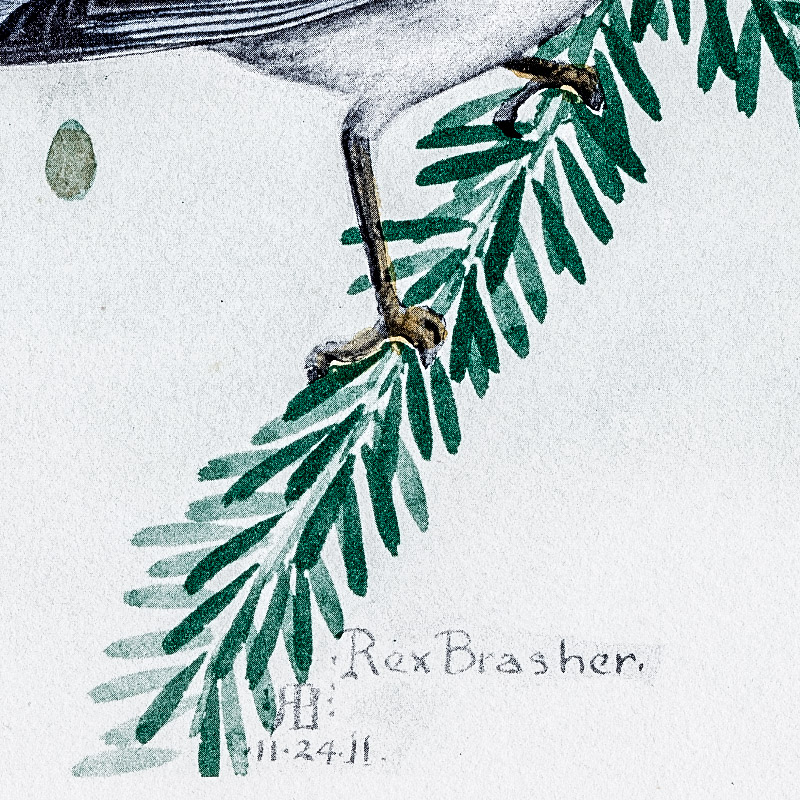
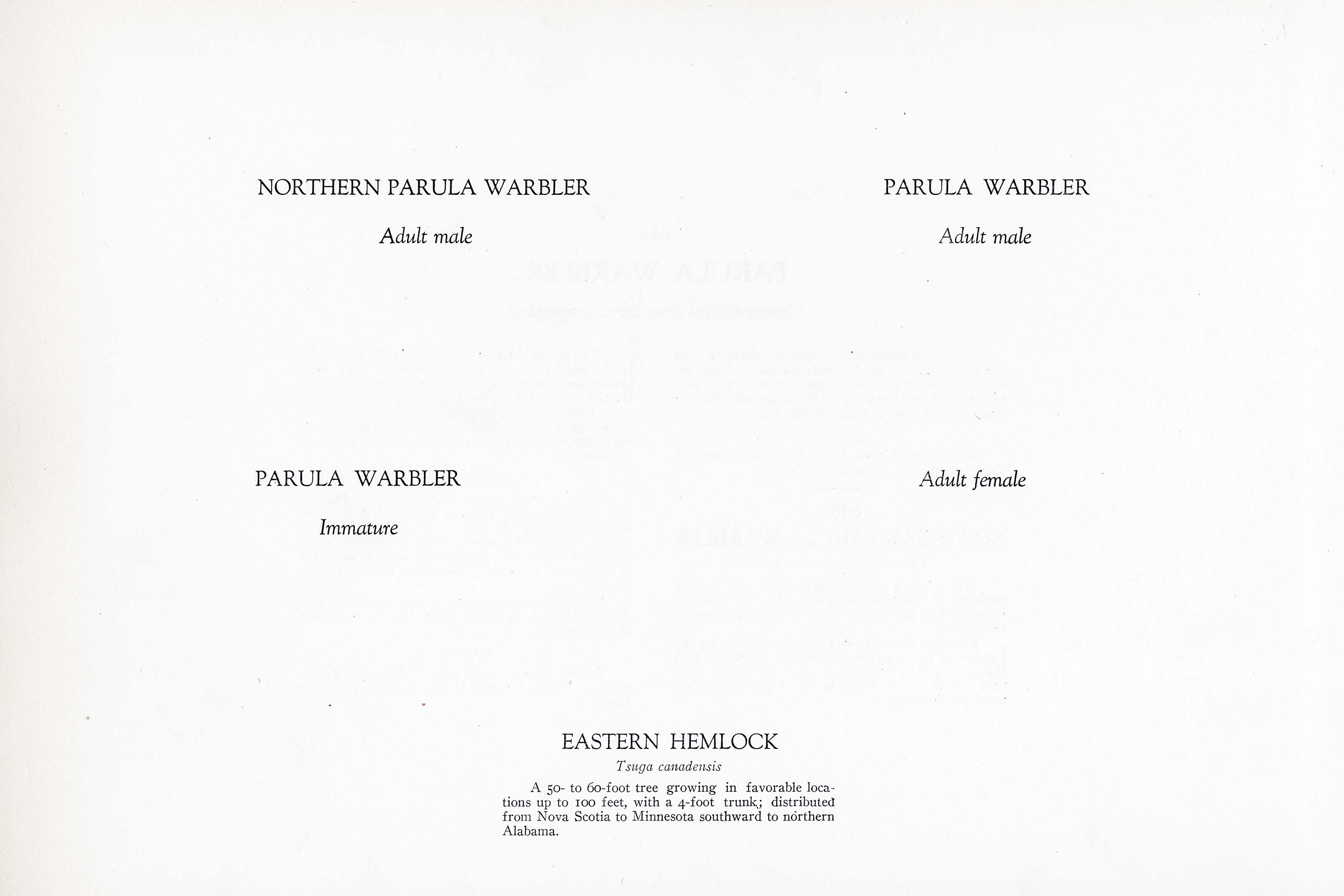
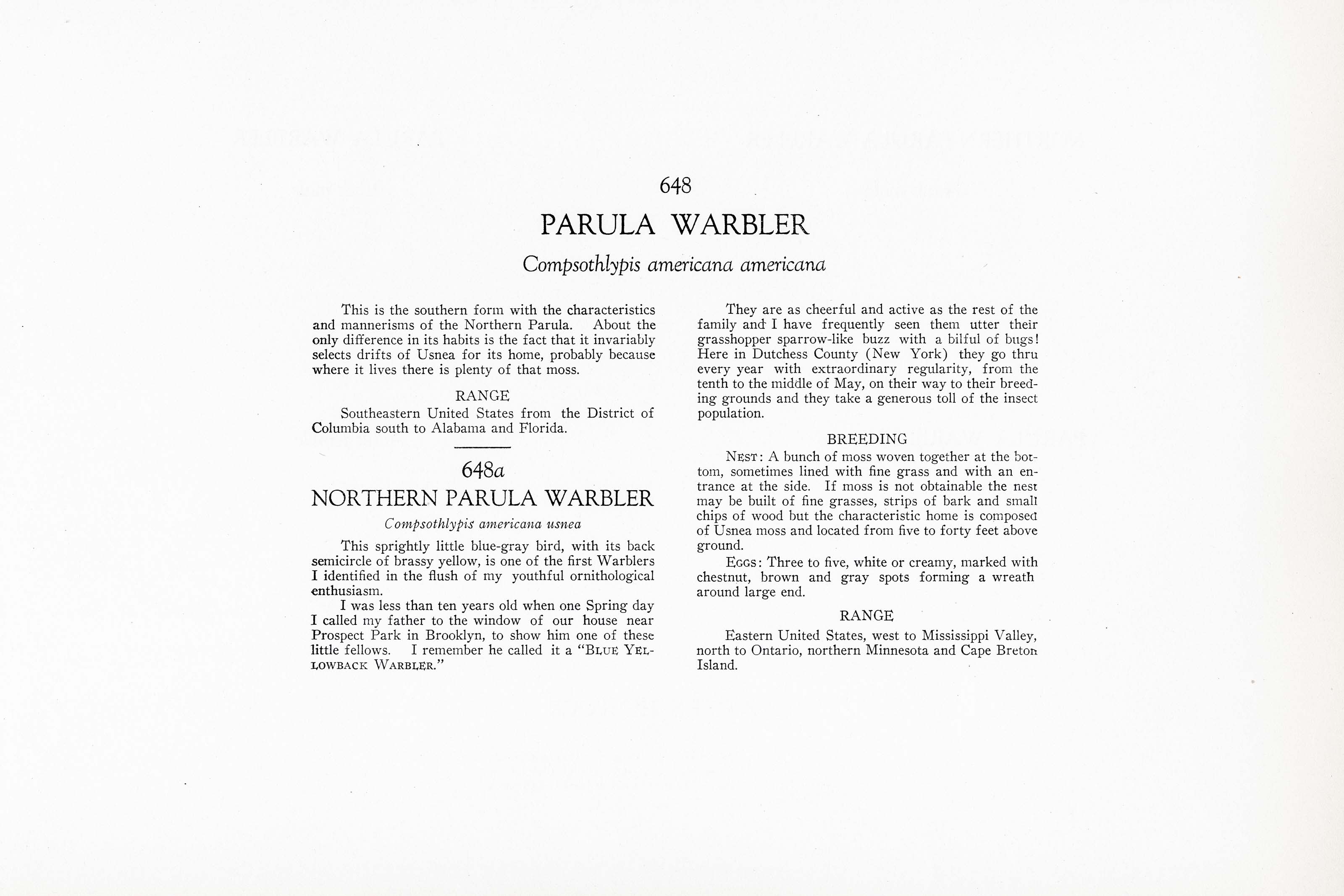

1911
1930
11
648-648a
A team of dedicated board members, volunteers, and student interns has published every page in Volume 9. This volume includes 360 images of paintings and lyrical descriptions of birds, now available online for everyone to enjoy anywhere in the world. This is a monumental task. Each volume requires approximately 400 hours to photograph, edit, transcribe, catalog, and publish online. We need your support to complete this work.
If you're tech-savvy, have a good eye, are meticulous with details, and love structured data, please consider volunteering by emailing us at hello@rexbrasher.org.
We encourage all bird lovers and supporters to consider a monetary donation to support our mission to make Rex's work available for everyone. You can provide a one-time or recurring donation online.
This is the southern form with the characteristics and mannerisms of the Northern Parula. About the only difference in its habits is the fact that it invariably selects drifts of Usnea for its home, probably because where it lives there is plenty of that moss.
Southeastern United States from the District of Columbia south to Alabama and Florida.
This sprightly little blue-gray bird, with its back semicircle of brassy yellow, is one of the first Warblers I identified in the flush of my youthful ornithological enthusiasm.
I was less than 10 years old when one Spring day I called my father to the window of our house near Prospect Park in Brooklyn, to show him one of these little fellows. I remember he called it a “BLUE YELLOWBACK WARBLER."
They are as cheerful and active as the rest of the family and I have frequently seen them utter their grasshopper sparrow-like buzz with a bilful of bugs! Here in Dutchess County (New York) they go thru every year with extraordinary regularity, from the tenth to the middle of May, on their way to their breeding grounds, and they take a generous toll of the insect population.
NEST: A bunch of moss woven together at the bottom, sometimes lined with fine grass and with an entrance at the side. If moss is not obtainable the nest may be built of fine grasses, strips of bark and small chips of wood but the characteristic home is composed of Usnea moss and located from five to forty feet above ground.
EGGS: Three to five, white or creamy, marked with chestnut, brown and gray spots forming a wreath around large end.
Eastern United States, west to Mississippi River, north to Ontario, northern Minnesota and Cape Breton Island.
A 50- to 60-foot tree growing in favorable locations up to 100 feet, with a 4-foot trunk; distributed from Nova Scotia to Minnesota southward to northern Alabama.